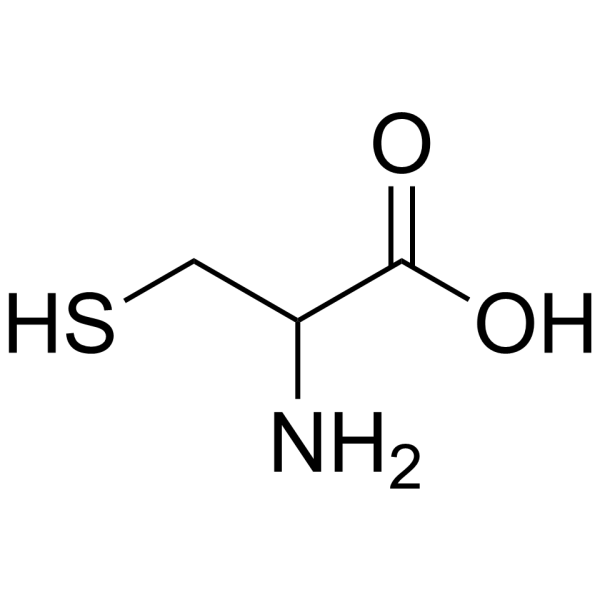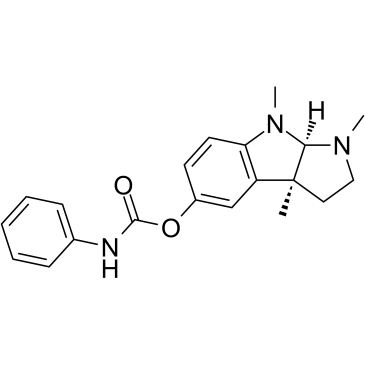| Structure | Name/CAS No. | Articles |
|---|---|---|
 |
DL-CYSTEINE (1-13C)
CAS:3374-22-9 |
|
 |
Phenserine
CAS:101246-66-6 |